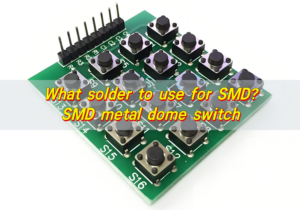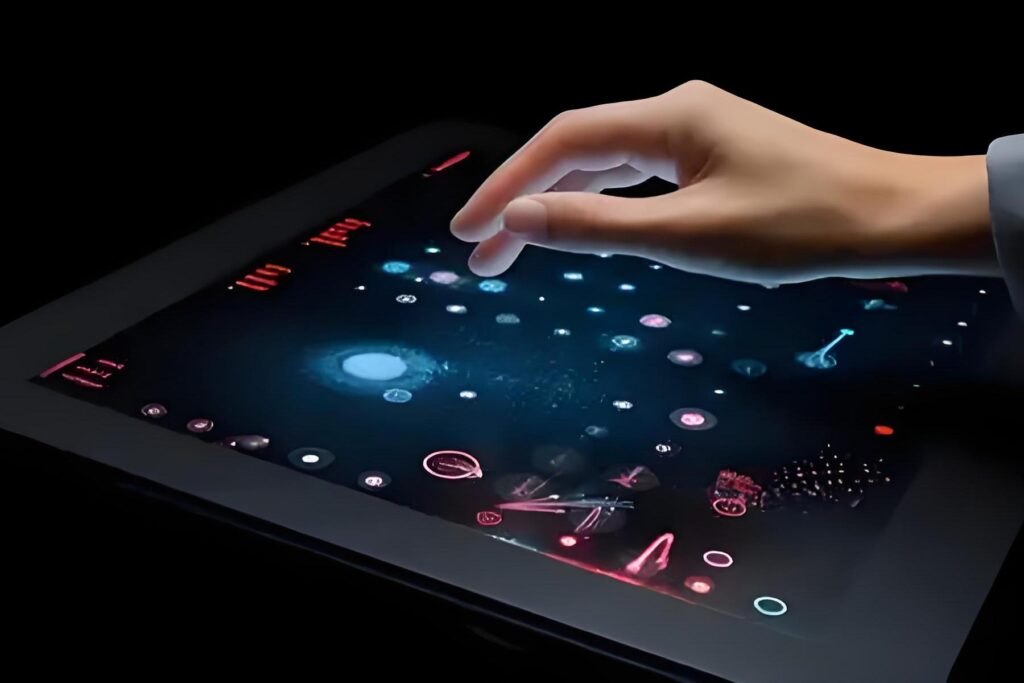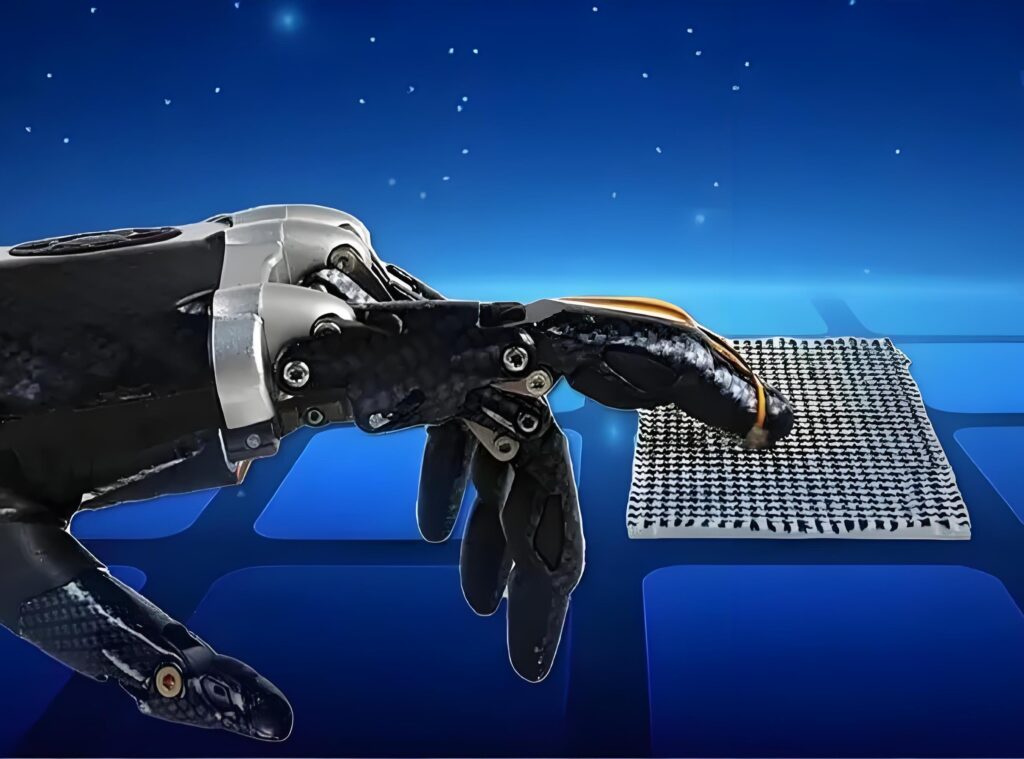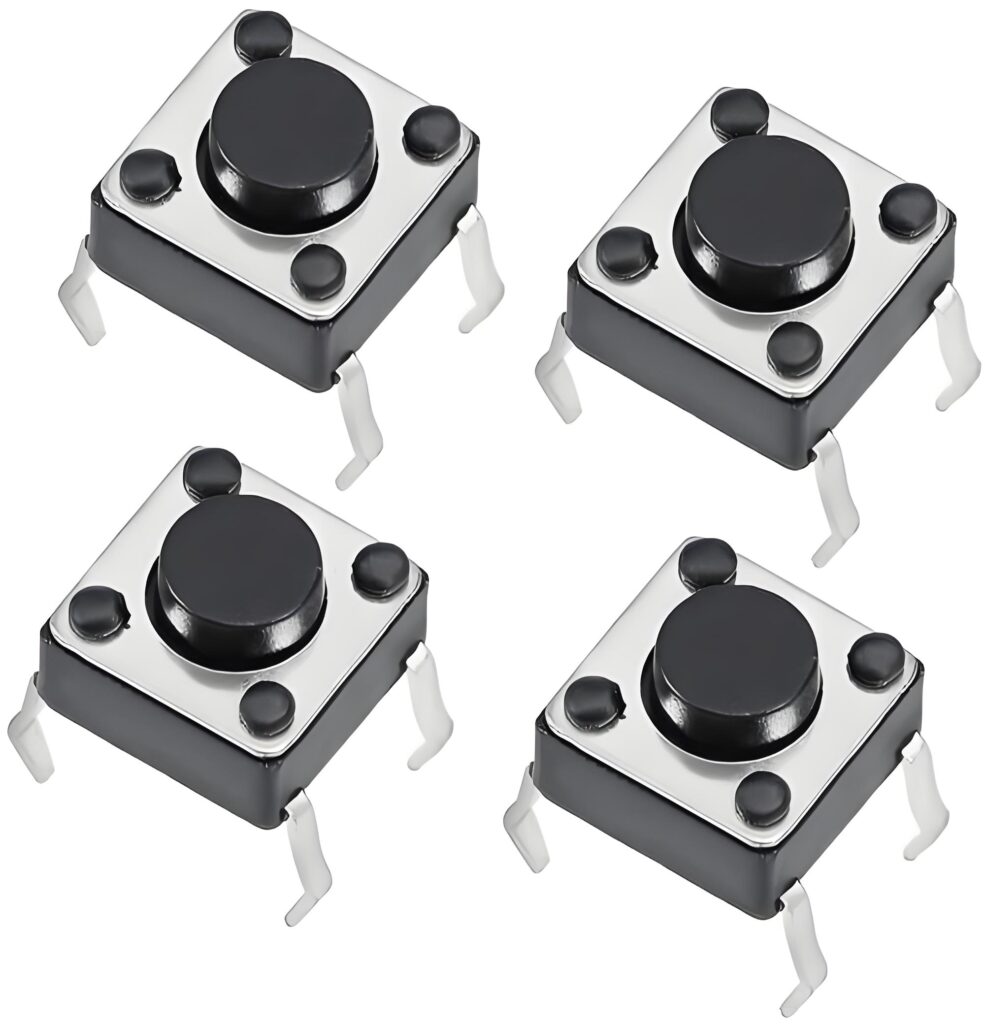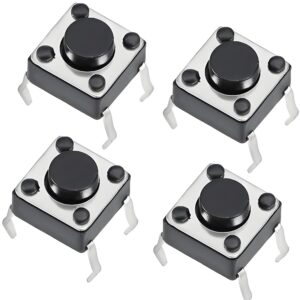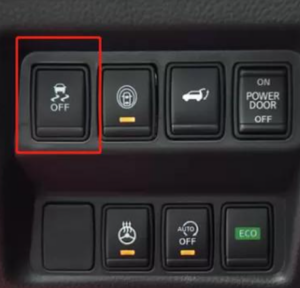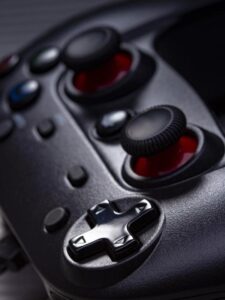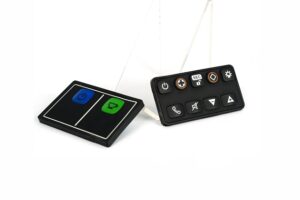Tactile feedback technology is a technology that enhances the interaction experience between users and devices by applying physical stimulation to users, such as vibration, pressure, movement, etc. Metal domes are a special type of tactile feedback element that produces tactile feedback by deformation and recovery. When the user presses a button on the device, the metal dome deforms, creating a unique sense of touch.
Best Technology provides services such as design, proofing, production of different types of touch panels. We have many years of experience in this field and guarantee quality products, competitive prices, timely delivery and excellent after-sales service.
What is a tactile feedback?
Tactile feedback is a technology that enables users to feel tactile information in virtual objects or environments through vibration, touch, and force feedback. This technology is widely used in virtual reality systems, computer simulations, mechanical manipulation, and other fields to enhance the user’s interactive experience with virtual objects or environments and make them feel more real.
Tactile feedback technology reproduces the sense of touch through mechanical stimulation such as force and vibration. In virtual reality systems, haptic feedback technology can simulate the weight, pressure, texture and other physical properties of virtual objects, so that users can feel the touch similar to real objects when operating virtual objects.
What is haptic feedback good for?
Haptic feedback has many uses and advantages in human-computer interaction.
First, haptic feedback technology generates controlled vibration signals through electronic components, allowing users to have a tactile experience and enhance the experience of human-computer interaction.
Haptic feedback technology is widely used in smartphones, such as call reminders and button feedback. On tablets, haptic feedback technology is used to enhance the touch of touch operations and improve user experience. Haptic feedback technology is also used in car center consoles, touch panels, etc. to improve the operating experience.
What is a tactile technology?
Haptic technology, also known as haptic feedback technology (Haptics), is a technology that enhances the interactive experience between users and devices by applying tactile stimulation such as force, vibration or movement to users.
1. Mechanical vibration principle
This is a more common way in haptic technology. The vibration motor inside the device (such as a linear vibration motor) generates vibrations by rapidly reciprocating.
The intensity, frequency, and duration of the vibration can be precisely controlled. This vibration feels like the elastic feedback when a traditional mechanical button is pressed, providing users with a familiar and intuitive operating experience.
2. Force feedback principle
Force feedback technology involves more complex mechanical and electronic systems. It applies physical force to the user by installing a driver that can generate force in the device.
The implementation of this force feedback requires precise sensors to detect the user’s operating actions, and complex control algorithms to calculate and apply appropriate forces according to the game scene.
3. Electrostatic touch principle
Electrostatic touch technology uses electric fields to generate tactile sensations. In this technology, the surface of the device carries a tiny charge, and the electric field changes when the user’s finger approaches or touches the surface of the device.
By adjusting the intensity and distribution of the electric field, different tactile effects can be simulated, such as texture, convex or concave feelings, etc. However, this technology is relatively new and is still being developed and improved.
What are the 4 types of tactile?
There are four types of tactile sensations: contact, pressure, sliding, and vibration.
Contact: This is the sensation caused by a slight stimulus on the surface of the skin. When an object touches the skin, the tactile receptors sense this contact and transmit it to the brain, making us aware that an object has touched our skin.
Pressure: When the intensity of the stimulus increases to the point where the surface of the skin is deformed, but not to the point of pain, pressure occurs. Pressure is caused by pressure acting on the tactile receptors and adapts slowly.
Sliding: This type of tactile sensation involves the feeling of the skin sliding across the surface of an object. When we slide our hands across the table, we feel the sliding of the skin.
Vibration: This type of tactile sensation involves the vibration stimulus felt by the skin.
Together, these types of tactile sensations make up our perception of the surrounding environment, allowing us to obtain information through touch and respond accordingly.
What are tactile examples?
Metal dome switches are widely used in tactile feedback and come in many forms.
Metal dome switches achieve tactile feedback through the conductivity and resilience of metal domes. When the operator presses the switch, the metal dome contacts the circuit to complete the circuit closure, and the resilience of the dome enables the operator to feel obvious tactile feedback. This mechanism not only provides clear operating instructions, but also enhances user experience and reliability of operation.
Metal dome switches have the advantages of being durable, beautiful, and having clear tactile feedback, and can provide a stable operating experience and reliable tactile feedback.
In high-frequency equipment, such as public transportation systems, self-service terminals, and industrial control equipment, metal key switches need to be rigorously tested to ensure that they can still provide stable tactile feedback after multiple presses.
In the automotive industry, metal key switches are used in parts such as center consoles, door control panels, and instrument panels. The pressing force and travel of the keys need to be carefully designed to ensure comfort and intuitiveness.
In the medical industry, metal key switches in medical equipment require high precision and reliability to ensure accuracy and safety of operation.
In summary, metal dome switches perform very well in high-frequency usage scenarios and specific industries through their unique tactile feedback mechanism.
How to improve the tactile feedback of metal domes?
There are several ways to improve the tactile feedback of metal domes:
Optimize dome design: Rationally design the shape and size of the dome to ensure that it can provide stable rebound force and good feel during use.
Choose the right material: Choose materials with good elasticity and wear resistance, such as stainless steel or manganese. After heat treatment, these materials can provide stable rebound force and long service life.
Control the processing technology: During the production process, strictly control the processing technology to avoid problems such as overtravel and overpressure.
Surface treatment: Appropriate surface treatment of the dome, such as nickel plating or gold plating, can reduce the resistance value and improve the conductivity, thereby improving the quality of tactile feedback.
In summary, tactile feedback technology occupies an important position in the field of modern electronic interaction. It brings users a rich tactile experience in a variety of ways. Metal domes, as unique tactile feedback elements, are widely used in various electronic devices due to their unique working principles and advantages.


